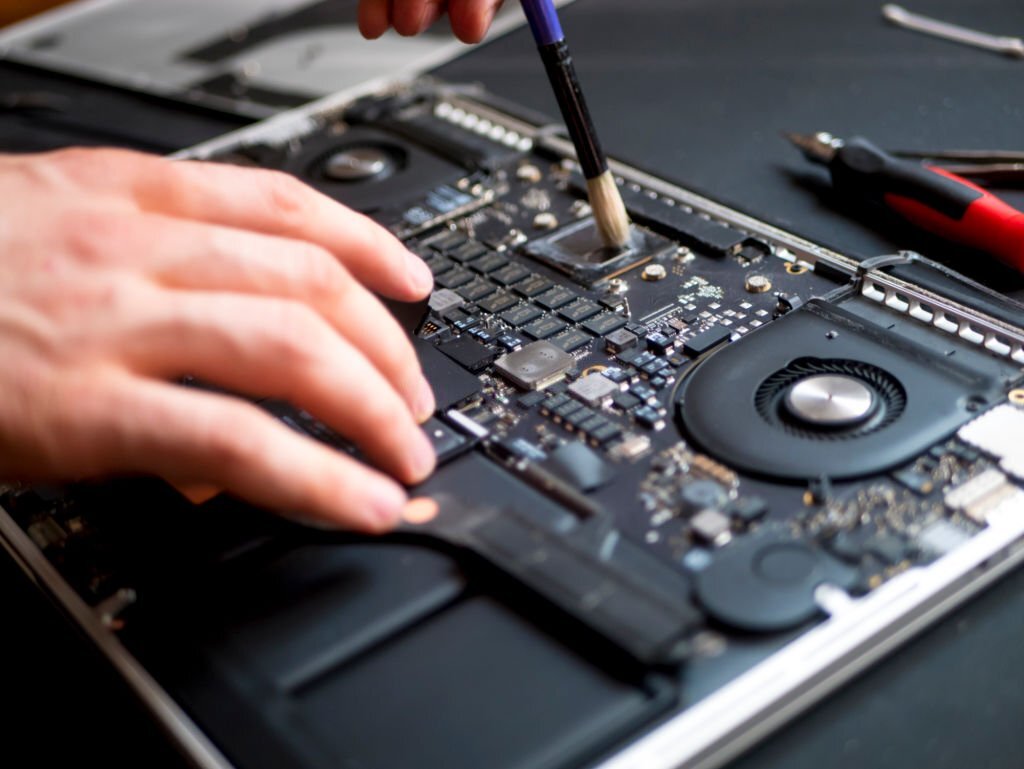Introduction
In our digital age, electronics have undeniably become an integral part of our lives. Yet, with our insatiable appetite for the latest tech, we often overlook an emerging problem: mounting e-waste. There's a beacon of hope, though. Refurbished electronics present an eco-friendly bridge between technology and sustainability. In this article, we'll delve into the e-waste issue and explore the role of refurbished technology in curbing this modern dilemma.
The E-waste Problem
The production and disposal of electronics come at a significant environmental cost. Our old gadgets frequently end up in landfills, where they release hazardous toxins into the soil and water. The statistics surrounding the e-waste problem are staggering. From smartphones to laptops and other electronic goods, we dispose of millions of tons every year. But this is not just an environmental crisis. Valuable resources, including gold, silver, and rare earth minerals, get lost in this waste, marking an economic drain.
How Refurbished Electronics Contribute to Sustainability
Refurbished technology is like giving electronics a second lease on life. Let's consider how they're pushing the frontier of sustainable electronics:
 |
Reduction in E-waste: Opting for refurbished electronics directly diminishes the e-waste stream. Every device refurbished is one less in the landfill. Resource Conservation: Refurbishing means we're making the most of the materials already mined and processed. This not only conserves these materials but also reduces the energy and water used in producing a brand-new item. Decreased Carbon Footprint: Refurbished electronics, by virtue of using existing components, minimize the energy-intensive process of manufacturing. This results in a lower carbon footprint per device. Affordability Meets Responsibility: Refurbished devices, being more affordable, make sustainable choices accessible to a larger audience. This democratizes the shift towards greener tech choices. |
Case Studies
Mobile Phones: With a lifecycle of just 2-3 years for most smartphones, they contribute significantly to e-waste. Yet, companies specializing in refurbishing these phones have reported saving thousands of tons of CO2 emissions annually compared to producing brand-new phones.
Laptops: A study found that opting for a refurbished laptop over a new one could save enough energy to power a home for 40 days. It exemplifies the role of refurbished technology in energy conservation.
Conclusion
Sustainability in the tech industry is more than just a fad; it is essential. Refurbished electronics show promise as a solution as we work through the difficulties presented by the e-waste issue. They stand for the intersection of innovation and accountability. It is high time we promoted recycled electronics, realizing and appreciating the crucial function of used technology. The future of our planet might just depend on the choices we make today.








 Full Protection Against Accidents or Damage and Extended Warranty for 2 Years
Full Protection Against Accidents or Damage and Extended Warranty for 2 Years 
 Eligible for battery upgrade
Eligible for battery upgrade









 Purchased on 29 Aug, 2024
Purchased on 29 Aug, 2024
